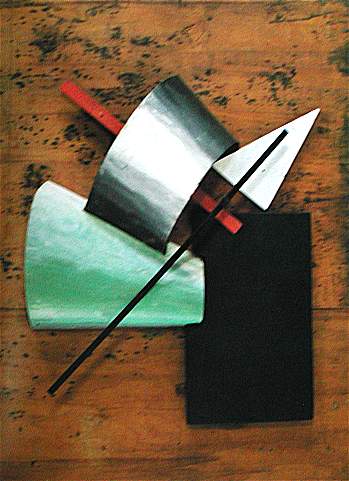Post-Assignment:
Thinking of ways to incorporate the Gloucester Education Foundation hands into a holiday card that was neutral to all beliefs was difficult at first. I started by just adding the hands to the design, and then moving them around, and I decided to put them around the "Season's Greetings." I was going to have all the hands either holding something or doing something instead of just being there, but it would have been to much going on in the card I think. I made one hand hold mistletoe, which I think adds a little color to the design and makes it less boring. The starry background also goes with the winter holiday theme but does not favor any one belief. The second card I made, I wanted to be brighter and use more color, so I started with a gradient background that looked like it was sunset, and then went on to add things that I thought of, when I thought of winter. I made the snowman and reindeer out of geometric shapes with sharp corners first, and then added a similar style tree and sled. I used the outline of a dove I found that was not copyrighted, and still looked similar to the rest of the card. Choosing a font that fit that style of he roundness of the snowman and the geometric shapes that I also included in my design was difficult. My selection was not too big, but I managed to find a font that I think works well. The only problem I had with the font was the dot above the "i," which was very small and off-centered. I decided to take it out and replace it with a snowflake, because that was winter themed and looked better. I did my research for the project while working on the project, because I had an idea of what a holiday card is supposed to look like. I did most of my research one my second card, because I needed to know what certain things looked like and I needed ideas of things to add to my card to make it less empty. I think that I filled up the space of both my cards well, and they do not look overcrowded. After seeing some other people's designs, I think I could have incorporated the hands better in my first card. I think they could have been doing something more, but I wouldn't know how to do that with the design I started with. To get the hands for the first holiday card, I googled "Gloucester Education Foundation," and found a large photo, but it wouldn't let me save it. Instead, I took a screenshot and pasted it in Photoshop to select the hands and copy them into my design.


Pre-Assignment:
You will design two holiday cards for the Gloucester Education Foundation. One of the card designs will use their logo as an element in the design. The second design is open to your creativity. However there are some 'rules.'
1. The holiday theme must not be any one faith, for example you can't use a Christmas Tree, because not everyone celebrates Christmas.
2. If you use an image you must make sure that it is a copyright free open source image or you get permission from the owner of the image. For example if you have a talented friend who can draw, you can ask them for art work to use in your card. Or if you find a photograph you love you can email the photographer and ask for permission to use the image. If you tell them it is for a non-profit organization, and you are a student doing the design for them they often will let you use it for free.
3. The card size must be 5.5 x 7.5 inches and you must have a .5 image free area around the whole image. This is the cut zone. When the card is printed and cut, some of the image area will end up on the cutting room floor, make sure important information is not cut off.
Advice: Choose your font wisely, some fonts will 'break up' when they are printed, for example TRAJAN PRO serifs are so thin that they will not print and the words will break apart. Also make sure you choose the right font for your message. If it is a playful image find a playful font. If it is formal, like "season's greetings' make sure you use a formal font. ASK ME WHAT THE DIFFERENCE IS BETWEEN A FORMAL AND PLAYFUL FONT IF YOU DON'T KNOW.








 John Cecil Stephenson
John Cecil Stephenson László Moholy-Nagy
László Moholy-Nagy

